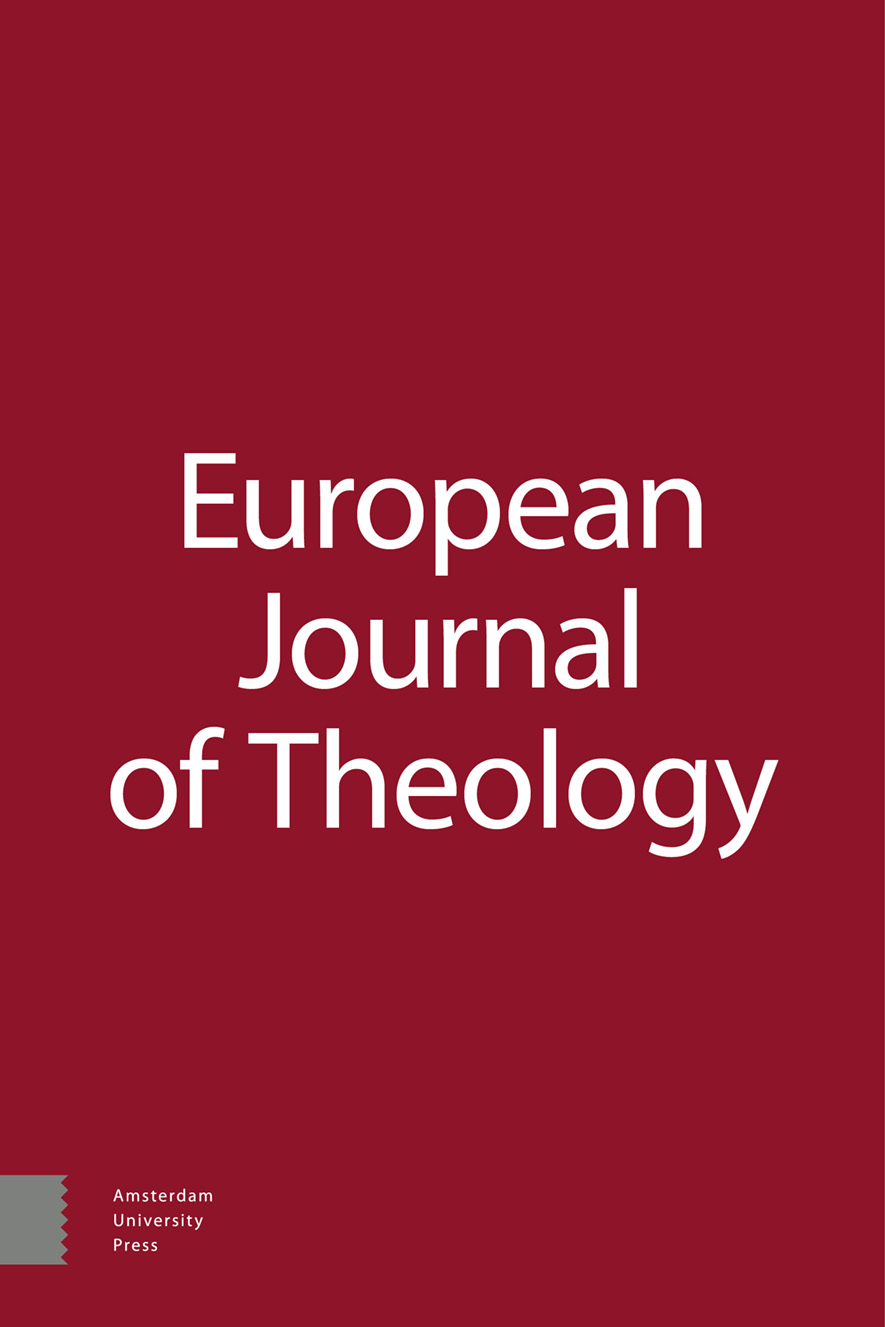-
oa Galiläa oder Jerusalem?
Ein Ordnungsversuch in den Erscheinungsorten des Auferstandenen im Markusevangelium, im Lukasevangelium und in der Apostelgeschichte
- Amsterdam University Press
- Source: European Journal of Theology, Volume 30, Issue 1, Mar 2021, p. 61 - 86
-
- 01 Mar 2021
Abstract
Markus 14,27-28; 16,7 und Lukas 24,49 bzw. Apostelgeschichte 1,4 sprechen jeweils unterschiedliche Erwartungen für die Erscheinungsorte des Auferstandenen aus und insbesondere für das Verbleiben der Jünger. Markus spricht von Galiläa als Erscheinungsort, nach Lukas 24,49 sollen die Jünger jedoch in Jerusalem bleiben. Dieses Spannungsfeld wird häufig durch Methoden der Form- und Traditionskritik untersucht. Hier soll dieser Ansatz nicht nur diskutiert, sondern es sollen auch die theologischen Implikationen untersucht werden. Anhand eines neuen literarisch-chronologischen Ordnungsversuchs in den Evangelien kann herausgearbeitet werden, dass sich beide Aussagen auf die Nachfolge der Jünger Jesu in bestimmten Abschnitten der Zeit vor und nach der Auferstehung Jesu und seiner Himmelfahrt beziehen. Damit findet sich eine neue Perspektive auf die nachösterliche Nachfolge im Neuen Testament.
Summary
Mark 14:27-28 and 16:7 on the one hand and Luke 24:49 with Acts 1:4 on the other hand mention different locations where the disciples will meet Jesus after the resurrection or where they should stay. Mark mentions Galilee, Luke Jerusalem. Most scholars try to solve this conflict with the methods of form criticism or tradition criticism. This article discusses the shortcomings of this approach and discusses the resulting theological implications for both Jerusalem and Galilee. It introduces a new literary approach for ordering the post-resurrection appearances in the Gospels and Acts. The results provide new perspectives on discipleship in the period after Easter in the New Testament.
Résumé
Marc 14:27-28 et 16:7 d’un côté et Luc 24:49 avec Actes 1:4 de l’autre mentionnent différents lieux où les disciples rencontreront Jésus après la résurrection ou devront attendre. Marc cite la Galilée, Luc Jérusalem. La plupart des exégètes s’efforcent de résoudre ce conflit en recourant aux méthodes de la critique des formes ou de la tradition. Cet article traite des faiblesses de cette approche et aborde les implications théologiques qui en résultent pour à la fois Jérusalem et la Galilée. Il introduit une nouvelle approche littéraire pour ordonner les apparitions post-résurrection dans l’Évangile et les Actes. Les résultats ouvrent de nouvelles perspectives sur le discipulat en cette période importante du Nouveau Testament.


